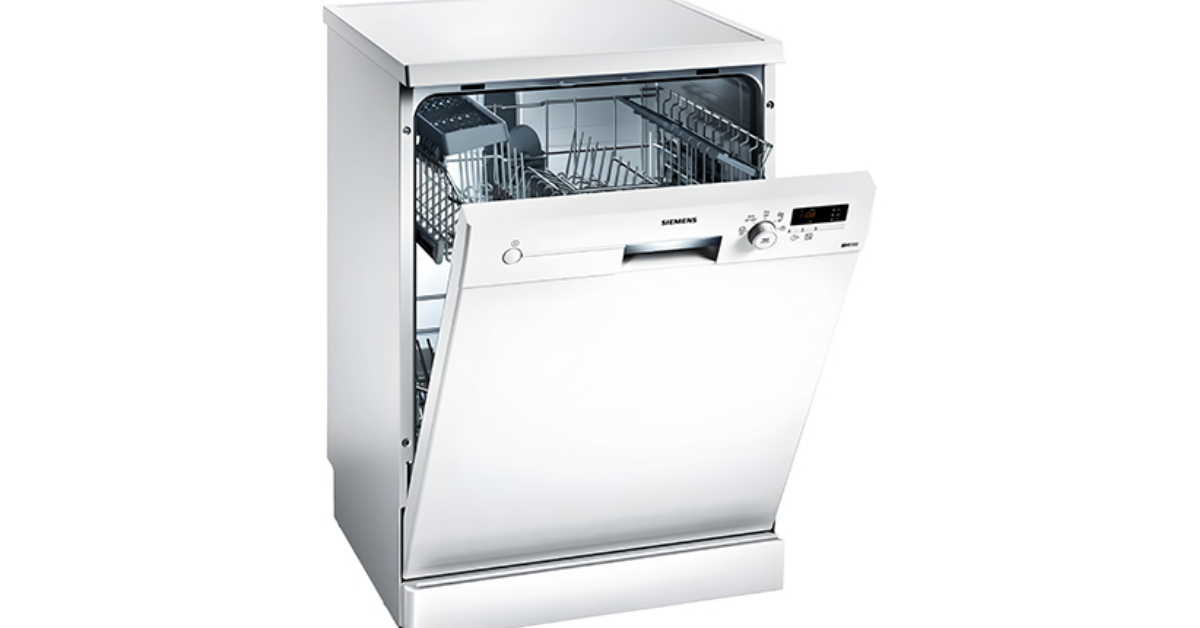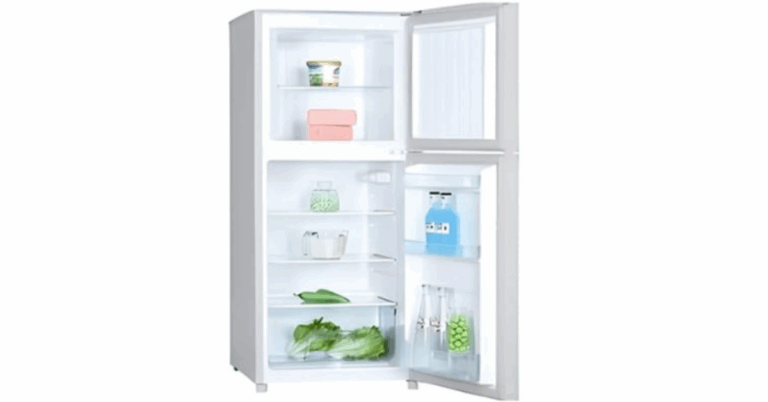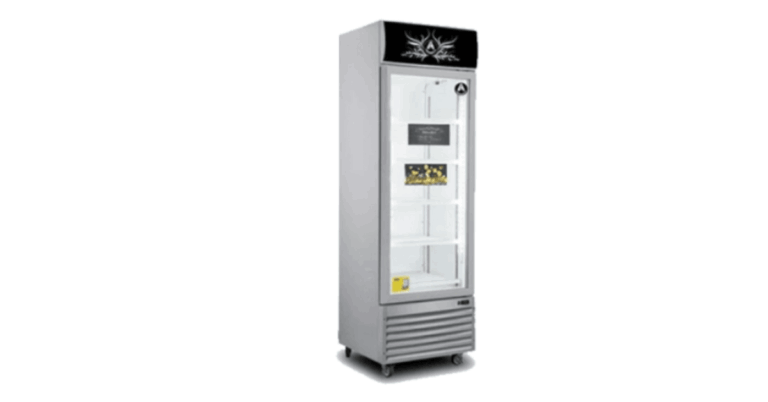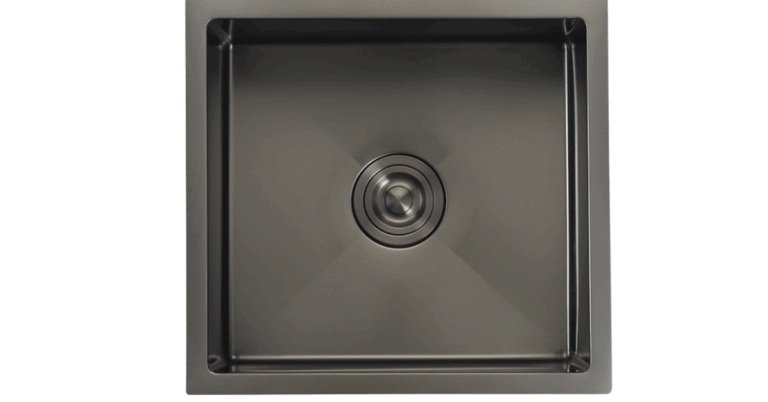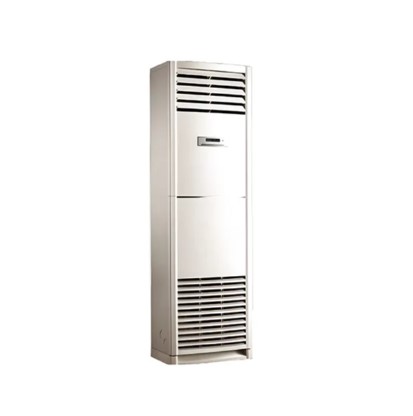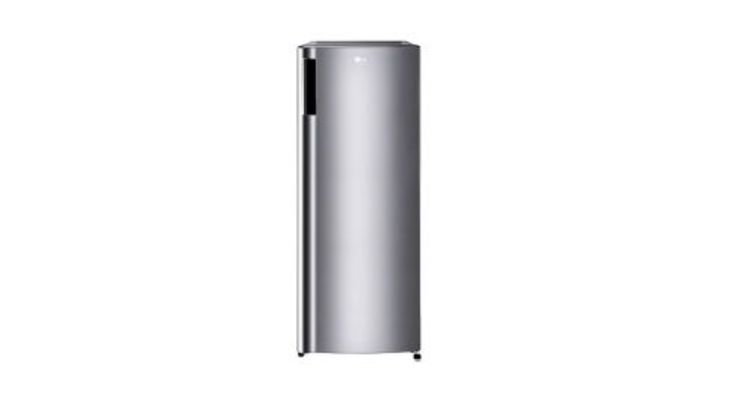Galley Equipment: Essential Solutions for Efficient Marine Kitchens
In the maritime and cruise industry, the kitchen—known as the galley is a critical hub of operations. Onboard cruise ships, merchant vessels, naval ships, and offshore platforms, Galley Equipment plays a vital role in ensuring the crew and passengers receive safe, nutritious, and timely meals. The unique challenges of working at sea, such as space constraints, motion, and environmental conditions, make the selection of galley equipment even more important than in land-based kitchens.
Marine-grade galley equipment is specially designed to meet these challenges, providing high performance, safety, and reliability in demanding ocean environments. For shipbuilders, cruise operators, and fleet managers, sourcing from a reliable galley equipment supplier is key to a well-functioning onboard kitchen.
What is Galley Equipment?
Galley equipment refers to the specialized kitchen appliances, fittings, and fixtures used in marine kitchens on ships and vessels. These are not your average kitchen tools—they are robust, often compact, and tailored for maritime safety standards.
Common galley equipment includes:
-
Marine ovens and ranges
-
Refrigerators and freezers
-
Deep fryers and griddles
-
Food warmers and bain-maries
-
Dishwashing machines
-
Ventilation and exhaust systems
-
Marine coffee machines and beverage dispensers
-
Stainless steel worktables and storage solutions
This equipment is typically made with marine-grade stainless steel and designed to withstand constant movement, salt-laden air, and high-humidity environments.
Importance of High-Quality Galley Equipment in the Marine Industry
The galley is essential not just for feeding people, but also for maintaining morale and crew performance on long voyages. A well-equipped galley ensures:
1. Food Safety and Hygiene
Galley equipment must meet strict food hygiene and maritime safety regulations. Equipment must be easy to clean, sanitize, and maintain—even under difficult conditions at sea.
2. Space Efficiency
Marine galleys are often compact, and equipment must be ergonomically designed to make the most of available space. Modular and multi-functional units are highly preferred.
3. Durability and Reliability
Due to limited repair opportunities at sea, marine galley equipment needs to be incredibly reliable. Durable stainless-steel construction and corrosion resistance are non-negotiable features.
4. Energy Efficiency
Since power availability is limited and critical onboard, galley equipment must operate efficiently to minimize energy consumption without compromising performance.
Types of Galley Equipment for Marine Kitchens
Marine kitchens are fitted with a wide range of galley equipment tailored to specific operational needs. Let’s explore the most commonly used categories.
1. Cooking Equipment
Marine stoves, ovens, grills, and fryers are designed with marine safety standards like gimbaled supports and locking features to prevent spills. These units often come with safety interlocks and shock-absorbing feet.
Popular examples include:
-
Electric marine ovens with splash protection
-
Marine griddles and hot plates
-
Deep fryers with safety shut-off valves
-
High-capacity steamers for batch cooking
2. Refrigeration Units
Food storage at the correct temperature is vital at sea. Marine-grade refrigerators and freezers are constructed for high efficiency in fluctuating ambient conditions.
Key features:
-
Energy-efficient compressors
-
Door locking mechanisms
-
Anti-tilt shelving
-
Compact under-counter models for space saving
3. Food Preparation Equipment
Mixers, slicers, choppers, and blenders are tailored for secure mounting and stable operation. These machines help prep food quickly while minimizing manual labor.
4. Dishwashing and Sanitation
Marine dishwashers and pot washers are compact, high-performance units that help maintain hygiene. Many units feature heat recovery and low water consumption to optimize onboard resource use.
Options include:
-
Hood-type dishwashers
-
Compact under-counter units
-
Pot washers for heavy-duty use
5. Serving Equipment
Hot holding cabinets, bain-maries, and insulated transport carts keep food warm and ready for serving, even when mealtime shifts due to changing schedules onboard.
6. Ventilation Systems
Marine galleys require efficient exhaust and ventilation systems to manage smoke, grease, and odors. Hoods are often integrated with fire suppression systems for added safety.
Galley Equipment for Cruise Ships vs. Cargo Ships
Different types of vessels have varying requirements when it comes to galley equipment.
Cruise Ships
Cruise ships must serve hundreds or thousands of passengers daily. This demands high-capacity cooking, refrigeration, and dishwashing units. Aesthetic presentation is also important, so galley and buffet stations are designed with attention to detail and user experience.
Cargo Ships and Tankers
These vessels require compact, durable, and low-maintenance equipment. With fewer crew members onboard, equipment is often chosen for reliability, ease of use, and energy efficiency.
What to Look for in a Galley Equipment Supplier
Choosing the right supplier is just as important as selecting the equipment itself. A reliable supplier should offer:
-
Comprehensive product range to meet various kitchen needs
-
Marine certifications and standards compliance
-
Customization options for unique layouts or workflows
-
Technical support and installation services
-
Spare parts availability and after-sales maintenance
Suppliers like Royal Light LLC cater specifically to the marine and cruise industry, providing a wide range of high-quality galley equipment tailored to shipboard requirements.
Maintenance Tips for Galley Equipment
Proper maintenance is essential to keep marine galley equipment in top shape:
-
Daily Cleaning: Prevents buildup of grease and food particles
-
Regular Inspections: Check wiring, gas connections, and moving parts
-
Use Correct Detergents: Avoid corrosive chemicals that damage stainless steel
-
Follow Manufacturer Guidelines: Stick to recommended usage and servicing intervals
Routine maintenance reduces breakdowns, extends equipment life, and improves safety.
Future Trends in Marine Galley Equipment
As the marine industry evolves, galley equipment is becoming smarter, safer, and more sustainable.
Emerging trends include:
-
Touchscreen controls and IoT-enabled equipment
-
Low-emission cooking technologies
-
Enhanced energy and water efficiency
-
Compact multi-functional appliances
-
Digital diagnostics and remote monitoring
These innovations not only improve crew convenience but also help operators reduce environmental impact and operational costs.
Final Thoughts
Efficient, safe, and hygienic food preparation at sea depends heavily on the quality and reliability of galley equipment. From compact cargo ship galleys to the expansive kitchens of luxury cruise liners, having the right marine-grade appliances ensures smooth operations, satisfied crews, and happy passengers.
For shipbuilders, catering managers, and marine procurement teams, investing in top-quality galley equipment from trusted suppliers can make a significant difference in onboard life quality and operational efficiency.
Frequently Asked Questions (FAQs)
Q1: What is the most important feature of galley equipment for marine use?
Answer: Durability and safety are key. Equipment must withstand motion, humidity, and corrosion while operating reliably over long voyages.
Q2: Are galley appliances different from standard kitchen equipment?
Answer: Yes, marine galley equipment is built with reinforced stainless steel, space-saving designs, safety features like anti-tilt brackets, and energy efficiency suited for ship environments.
Q3: What certifications should marine galley equipment have?
Answer: Look for equipment certified to IMO (International Maritime Organization) and relevant classification societies like DNV, Lloyd’s Register, or ABS standards.
Q4: Can galley equipment be customized for different ships?
Answer: Absolutely. Suppliers often provide custom configurations to fit unique galley layouts, workflows, and space constraints on different vessels.
Q5: How often should marine galley equipment be serviced?
Answer: Routine cleaning should be daily, with professional servicing scheduled every 3–6 months depending on usage intensity and equipment type.

